Table of Contents (click to expand)
Huckleberry is a term that is used in the US to describe numerous variations of plants, all of whom bear small berries that assume different colors, such as red, blue or black
If you are hiking in the mountains of Montana and discover a cluster of blueberries lurking behind green leaves, the chances are that they are actually huckleberries. At this point, I would also advise you to run for your life because you might be in a grizzly bear’s favorite patch. Grizzly bears travel long distances specifically to find huckleberries—one of their favorite meals – that make up a third of their food.
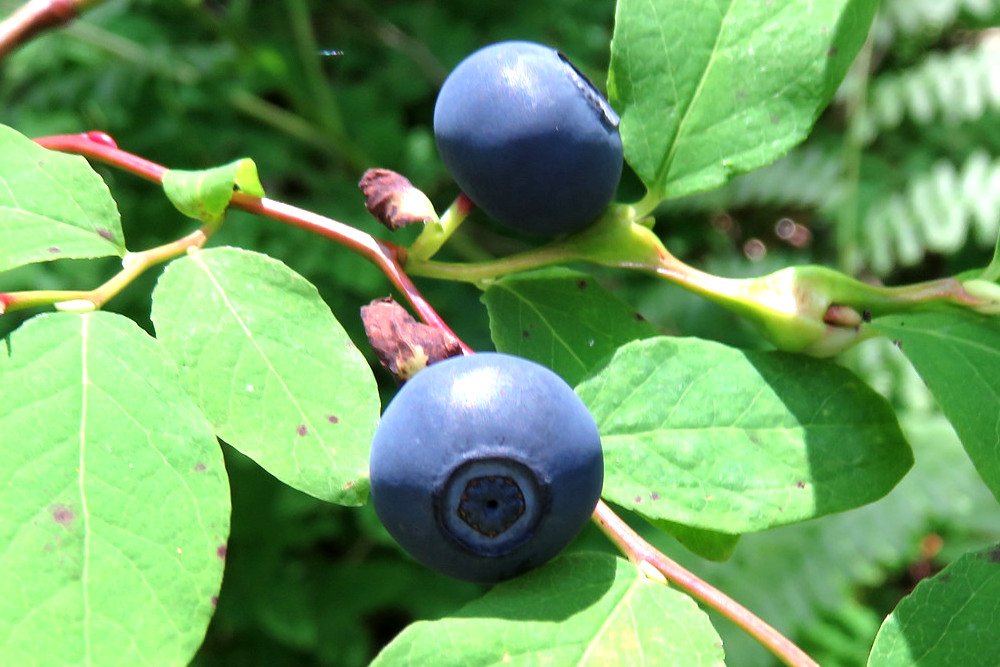
Huckleberries are so common in Montana that their popularity has earned them a cult following. Several communities in Montana celebrate festivals dedicated exclusively to huckleberries. In fact, Huckleberry is the state fruit of Idaho.
Classification Of Huckleberry Plant
Huckleberry is a term used in the US to describe numerous variations of plants, all of whom bear small berries that take on different colors, such as red, blue, or black.
The plants collectively belong to the family Ericaceae, a family of flowering plants commonly referred to as the heath family. These plants inhabit acidic and infertile vegetative areas, which explains why these species can grow in Antarctica, Central Greenland, and parts of the High Arctic.
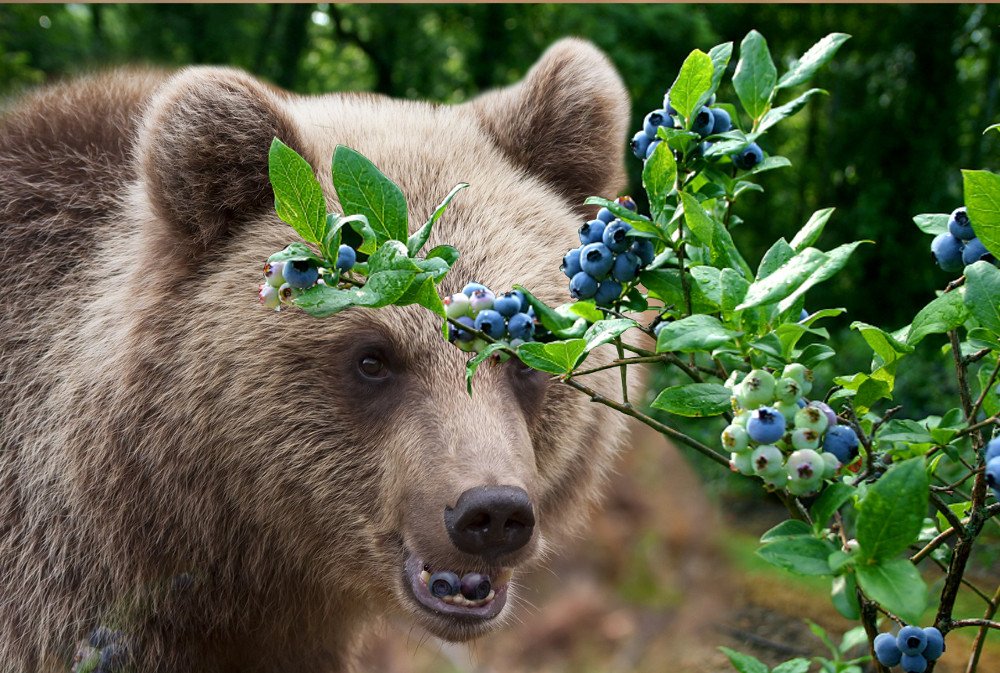
Also Read: Why Is Strawberry Not A Berry?
History Of Huckleberries In The USA
The name huckleberry is a North American variation of the English dialectal name hurtleberry or whortleberry. According to one fable, it got its name by mistake and is actually a corruption of different names. When early American colonists encountered native American berries, they misidentified them as European berries called hurtleberries. The berries were called hurtleberries until 1670 when the name was gradually corrupted to huckleberry.
The native Americans and First Nation peoples in the Pacific Northwest also collected huckleberries for food and traditional medicine. The berries are known to relieve pain, ease heart ailments and treat several infections. Later, their sharp sweetness led to them being recruited to prepare various popular foods and beverages, such as jam, pudding, candies, pies, muffins, pancakes, juice, tea, soups, and syrups. Besides grizzly bears, birds, deer, and coyotes are some of the other wild animals who find huckleberries irresistible.
However, there are some exceptions in this group that do not possess the delightful sweetness of sugar. Some taste tart, while others contain bitter seeds. Their taste is similar to certain blueberries, and in fact, huckleberries and blueberries are very close cousins.
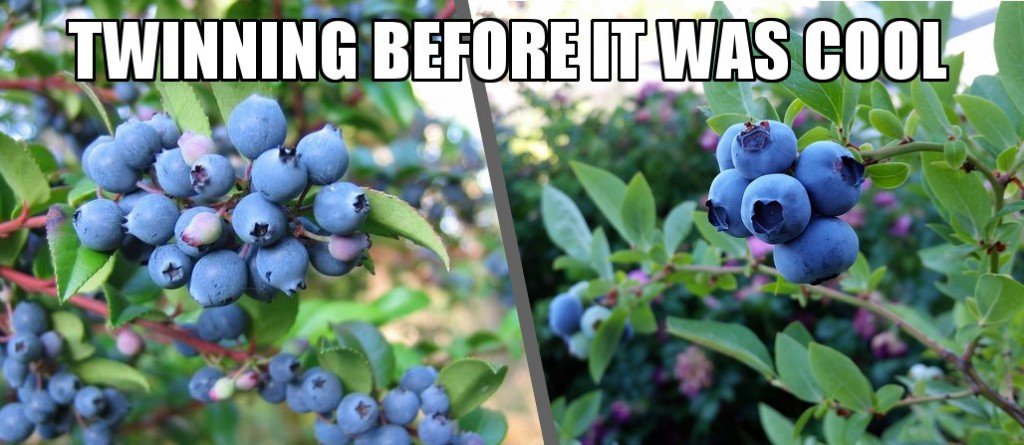
Both belong to the same family, which gives them very similar characteristics. Huckleberries are 5-10 mm in diameter and uncannily resemble dark blueberries, which makes us wonder how foragers can even differentiate between them.
Also Read: Is A Peach A Fuzzy Nectarine?
What’s The Difference Between Huckleberries And Blueberries?
The differences between the two species are less botanical and largely geographical. Common names may refer to either of the different flowering species or the same plant in different parts of the US. The common names make sorting processes difficult. As mentioned, both are called whortleberries, defined as the members of the plant family Ericaceae. The subtle differences surface when we peek beneath the skin.
In east and southwestern states, huckleberries belong to the genus Gaylussacia. In contrast, in the northwestern states, huckleberry species are members of the genus Vaccinium, the same genus of blueberries cherished by many. The berries hold the key to why, despite the perceptible similarities, different botanical names have been coined.
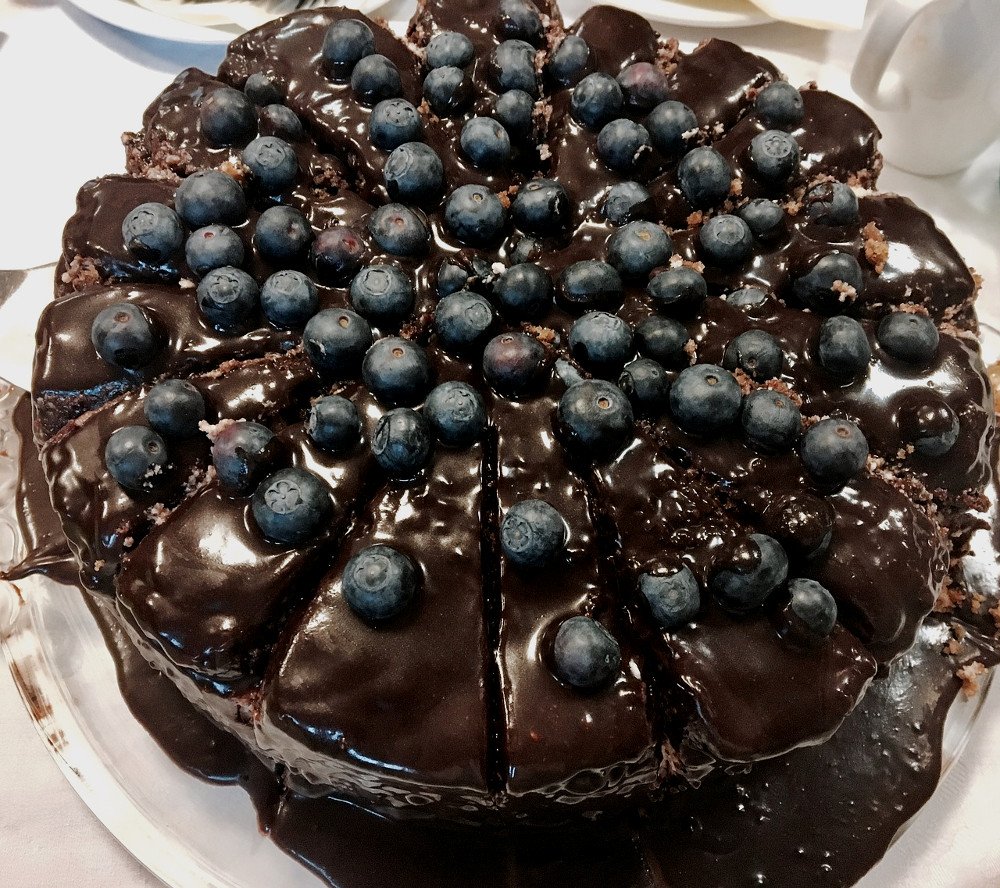
Both western huckleberries and blueberries have five chambers in their ovaries. Still, blueberries sprout berries in clusters, whereas huckleberries produce single berries, where the leaves join the stem, such that the fruit is borne on new shoots. On the other side, literally, eastern blueberries, similar to blueberries, bear fruits in clusters. However, these have ten chambers instead of five, making for large, crunchy, seedy berries. Also, a single huckleberry plant yields less than a blueberry plant, but the former’s fruit has intense and flavor-rich chemicals, making it more preferable to some.
Another major difference is that, unlike blueberries, huckleberries despise domestication. In other words, huckleberries cannot be grown in your back garden; they are traditionally harvested from the wild. Yes, one can find “garden” huckleberries around, but again, common names are to be blamed for this misclassification. These impostor huckleberries are not edible until ripe and cooked. The raw, unripe fruit is actually toxic and bitter. This is how sorting difficulties are often exacerbated due to this overlapping, common nomenclature.
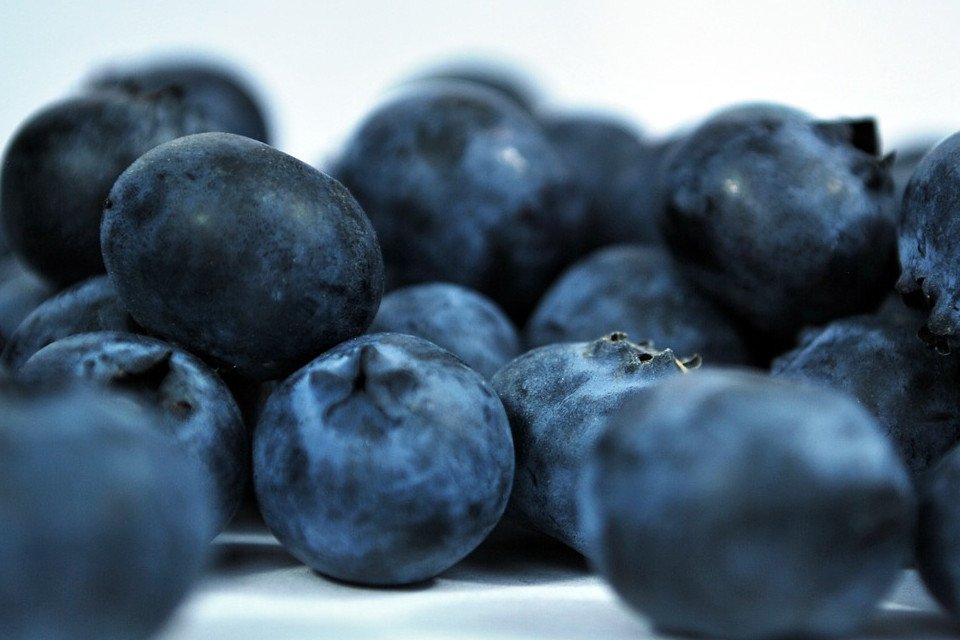
Other than enjoying fame in the kitchen, huckleberries have crept into literature as well. Their small size is conveniently cited as a metaphor for insignificance. Some scholars believe this inspired Mark Twain to name his character “Huckleberry”, an impoverished boy who perches on the lowest branches of the social hierarchy in Huckleberry Finn. These berries are also compared to persimmons, a larger fruit, to illustrate ineptitude. The phrase “a huckleberry over my persimmon” implies an activity beyond one’s abilities!
Test you knowledge on Huckleberries!

References (click to expand)
- ) is widespread from the southern United States into Canada. Box huckleberry ( - www.uidaho.edu
- Difference Between Blueberries & Huckleberries. hunker.com
- Richards, R. T., & Alexander, S. J. (2006). A social history of wild huckleberry harvesting in the Pacific Northwest.. []. U.S. Department of Agriculture, Forest Service, Pacific Northwest Research Station. Retrieved from
- Huckleberry Information and History - What's Cooking America. whatscookingamerica.net
